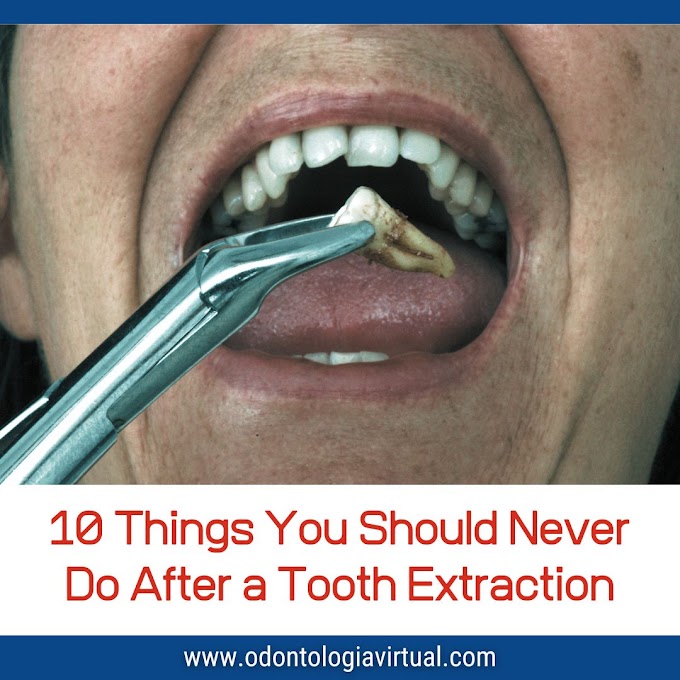Repair of bone defects resulting from trauma, tumor resections and infections is a medical and dental problem that needs a practical and low cost solution.
To facilitate the repair several grafts or bone substitutes may be applied inside the defects. Biomaterials allow treatment, increase or replacement of any tissue, organ or function of the body.
DENTAL LIBRARY: Scientific Publications of ORAL AND MAXILLOFACIAL SURGERY in PDF FREE to download and share
The aim of this study was to approach the advantages, disadvantages and main applications of bone substitutes used in reconstruction searched in dental practice.
The manuscripts used in this literature review were searched in Medline (PubMed) and Scopus databases and based on manuscripts published from 1991 to 2012.
After reading the titles and abstracts of the manuscripts, studies were selected because of their correlations with the aim of the current study.
Bone tissue engineering has emerged as a new area of regenerative medicine and biomaterials and has an essential function concerning osteoconductive scaffold, osteogenic growth factors, and osteogenic cells. Based on literature available, a combination of advantageous properties of natural resorbable polymers and bioactive material in nanoscale appears to be more relevant for use in bone defects.
Studies about bone regeneration include not only surgical techniques but also biological and molecular devices. The development of a new medical formulation is based on the understanding of etiology, disease pathogenesis, its progression and the general principles of tissue repair (Pellegrini et al., 2009).
Bone repair is a neoformation process that occurs after trauma or tissue damage (Mindea et al., 2009).
One of the main events of this process is the osteoblast differentiation, in which two factors are decisive in this phase: osteoinduction and osteoconduction.
Initially, specific growth factors for bone tissue stimulate undifferentiated mesenchymal cells to become pre-osteoblasts.
Specific transcription factors such as Core binding factor alpha 1 (Cbfa1), translate specific proteins of osteoblasts that associated with growth factors act in the formation of osteoblastic cells (Yamaguchi et al.).













